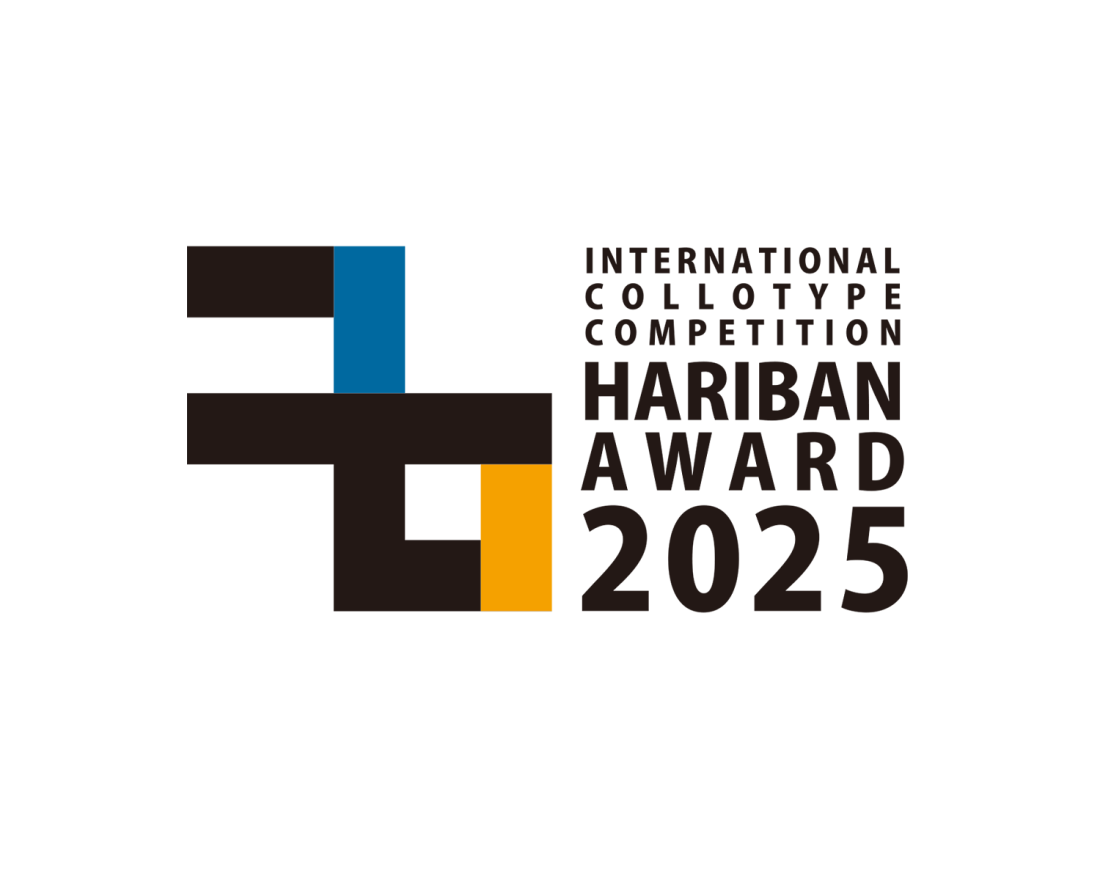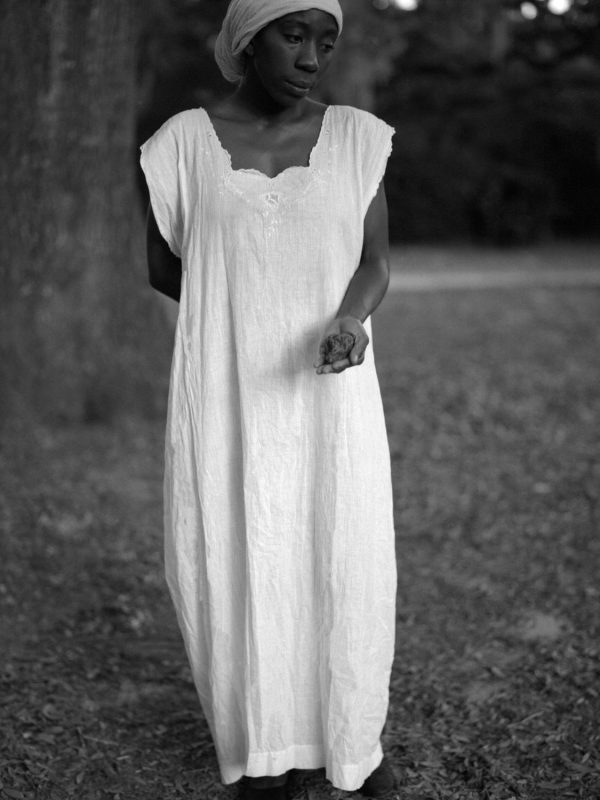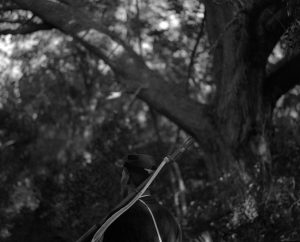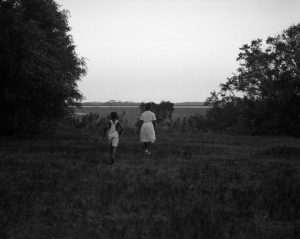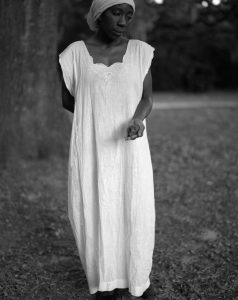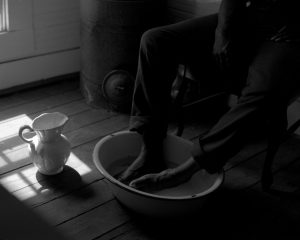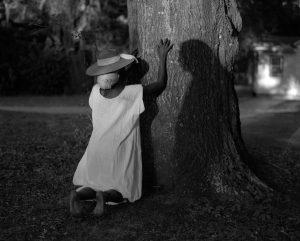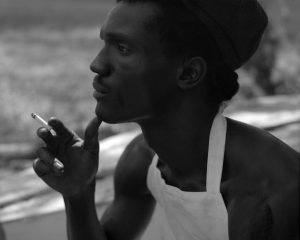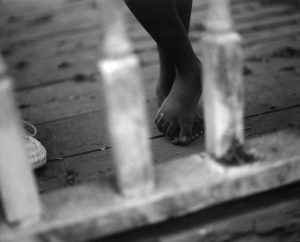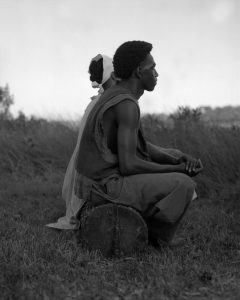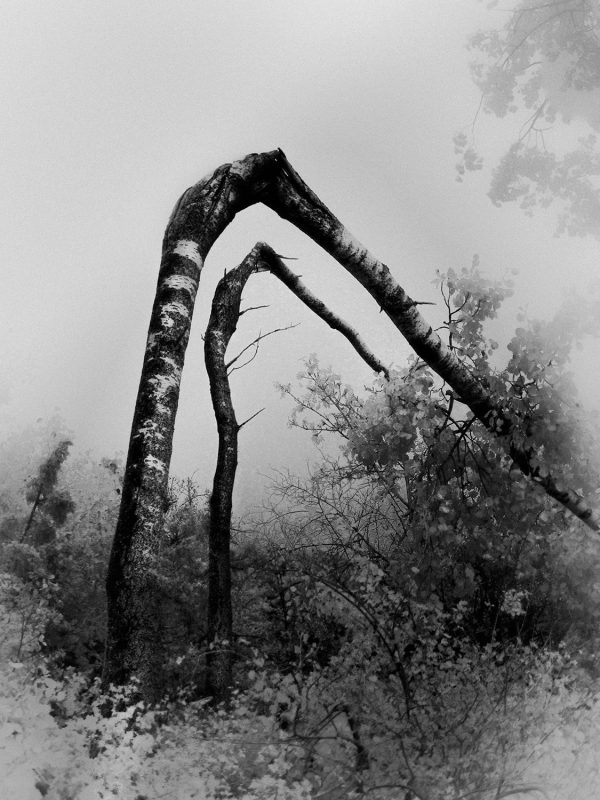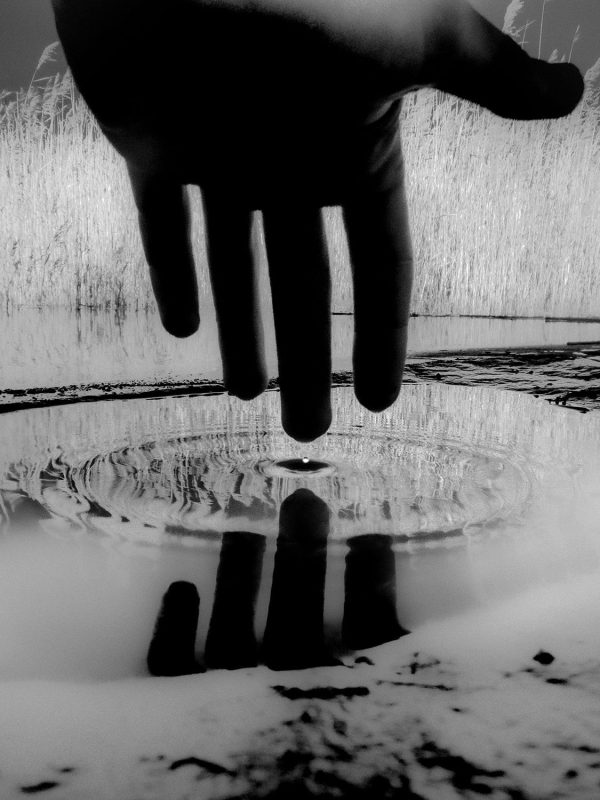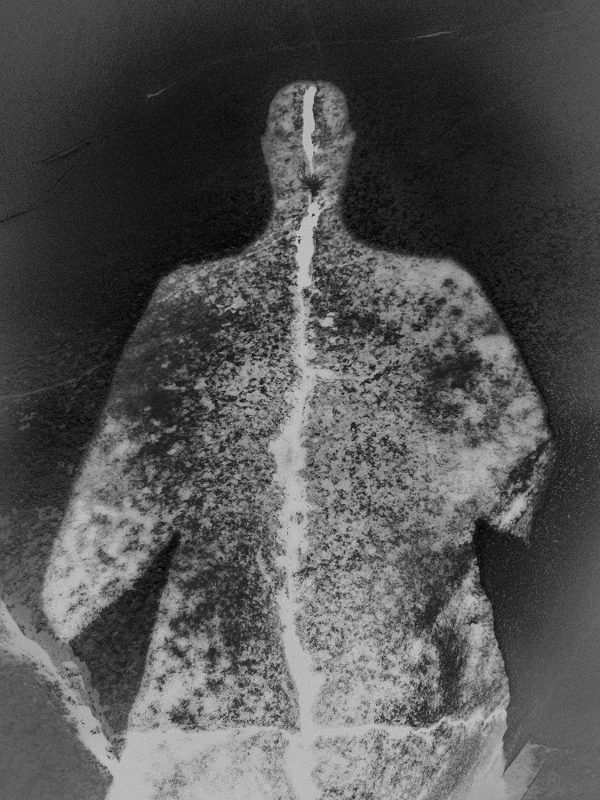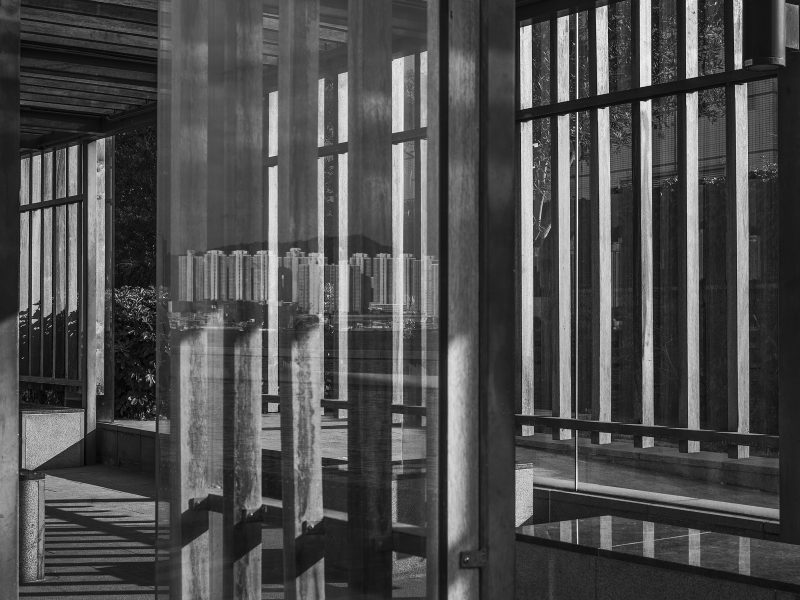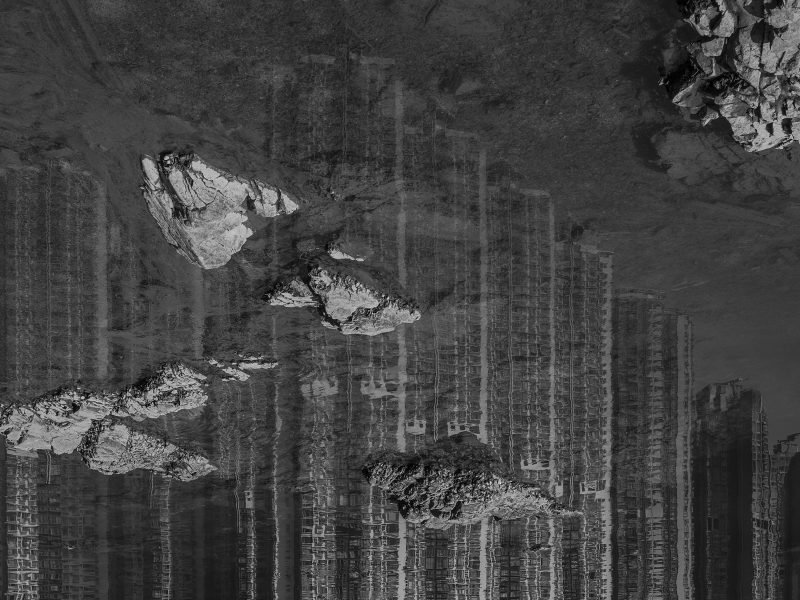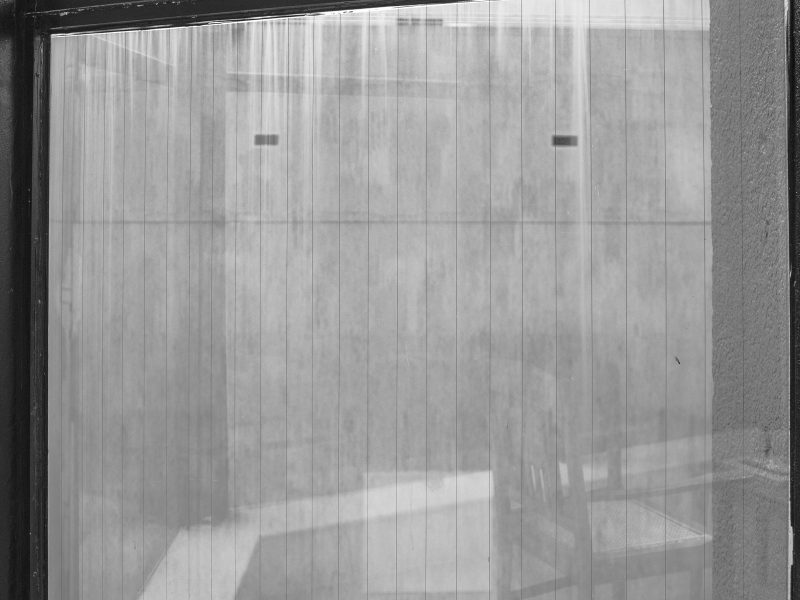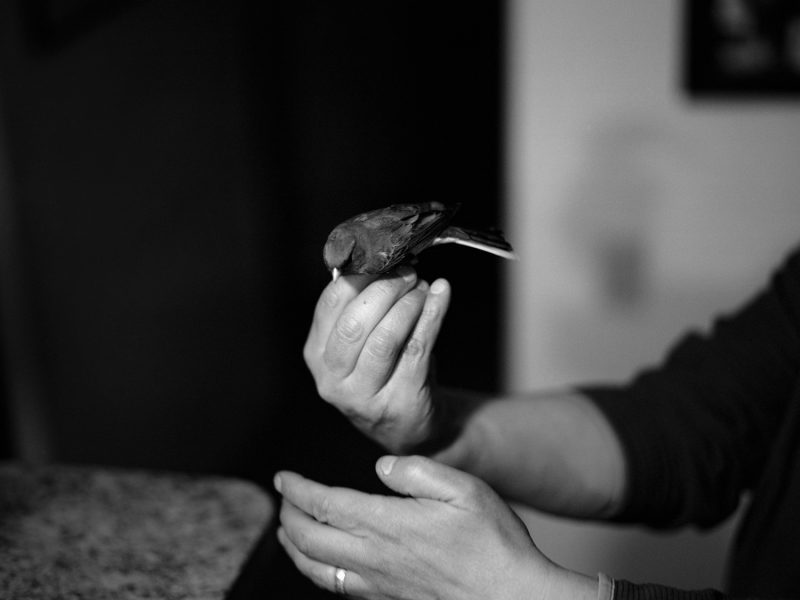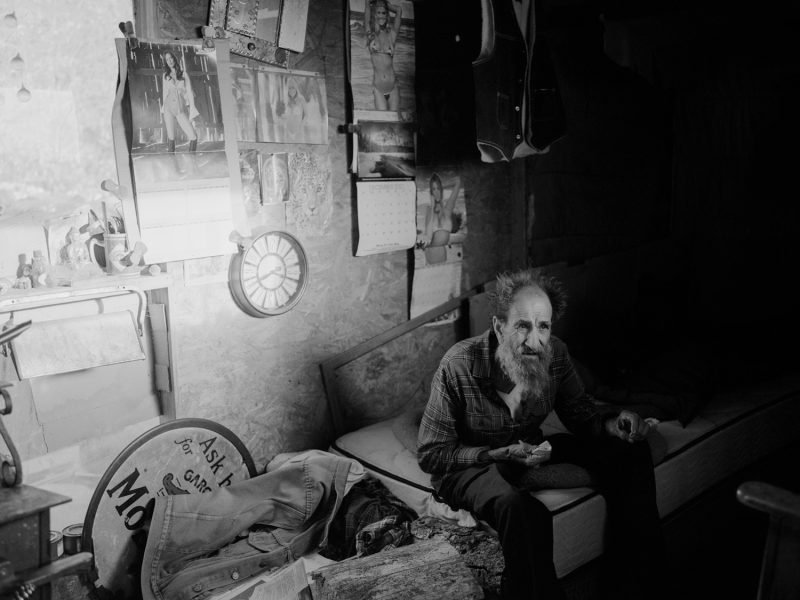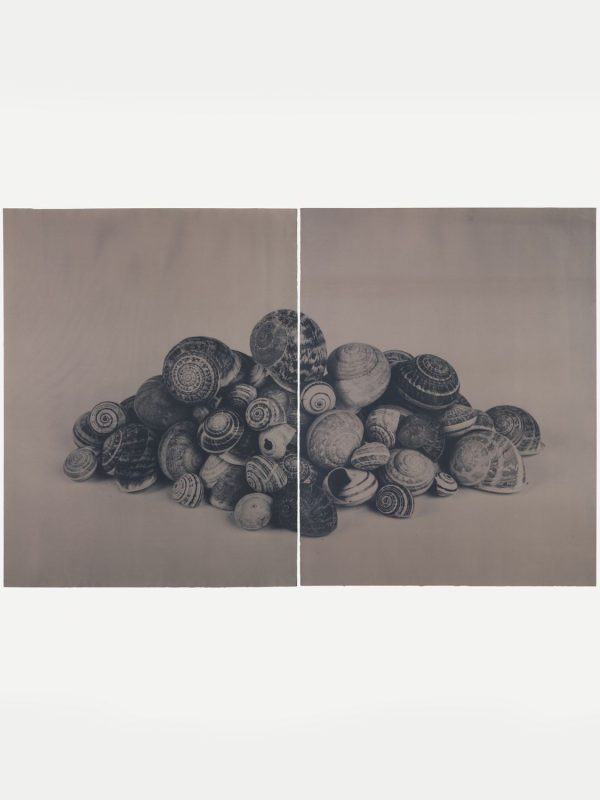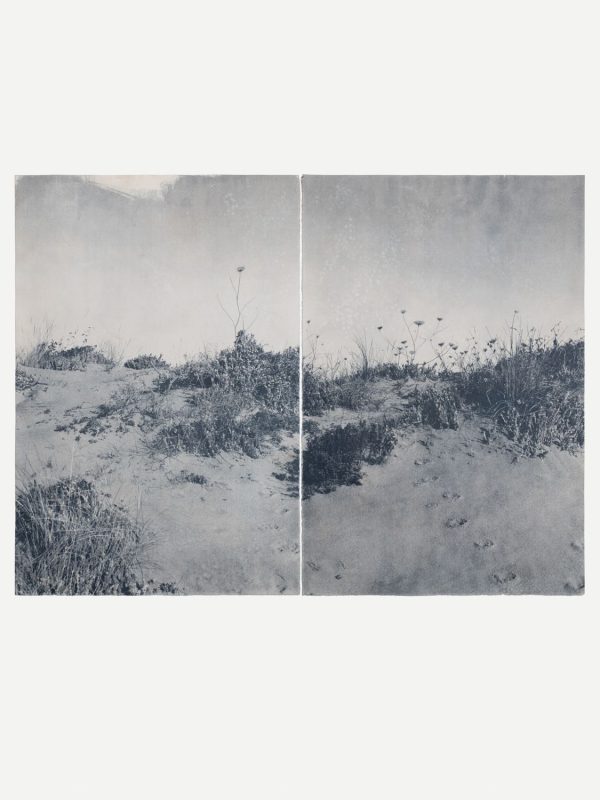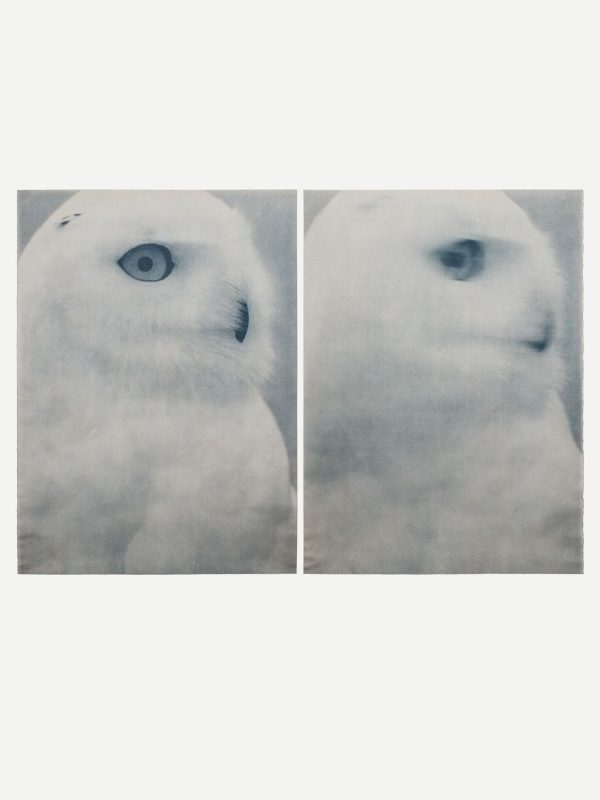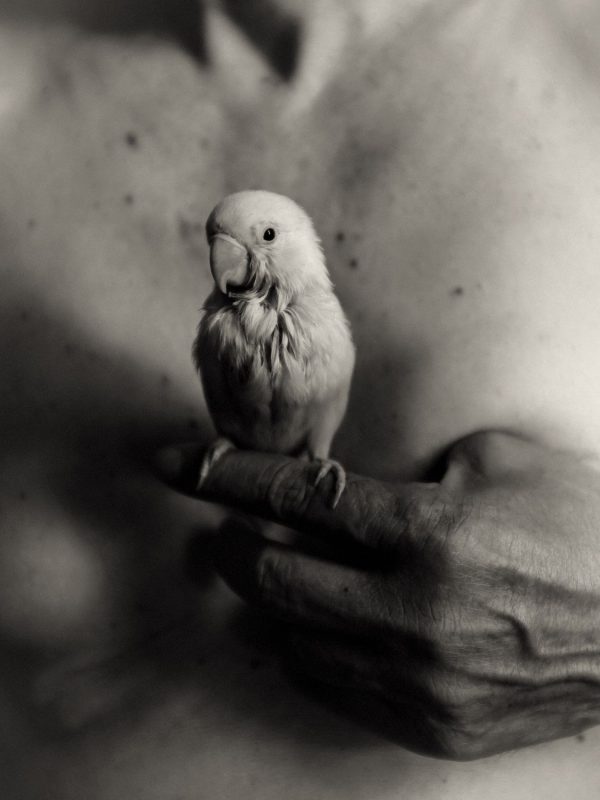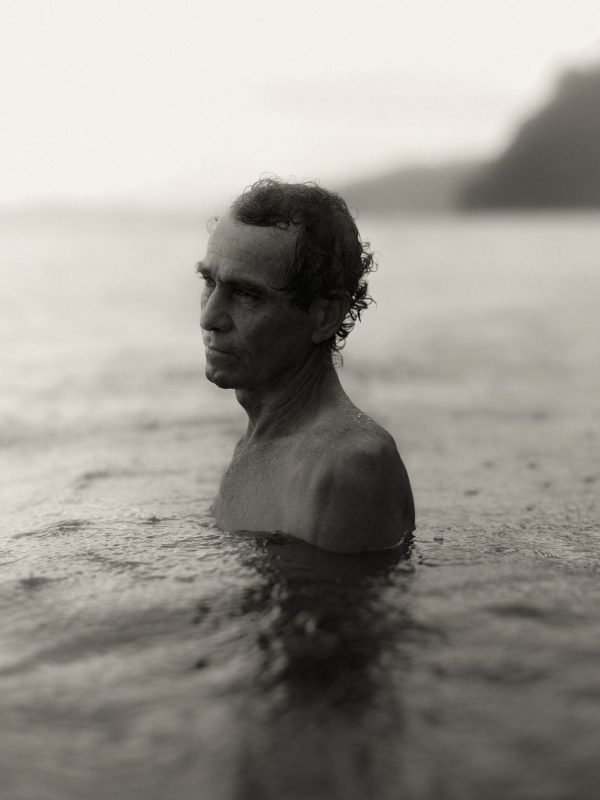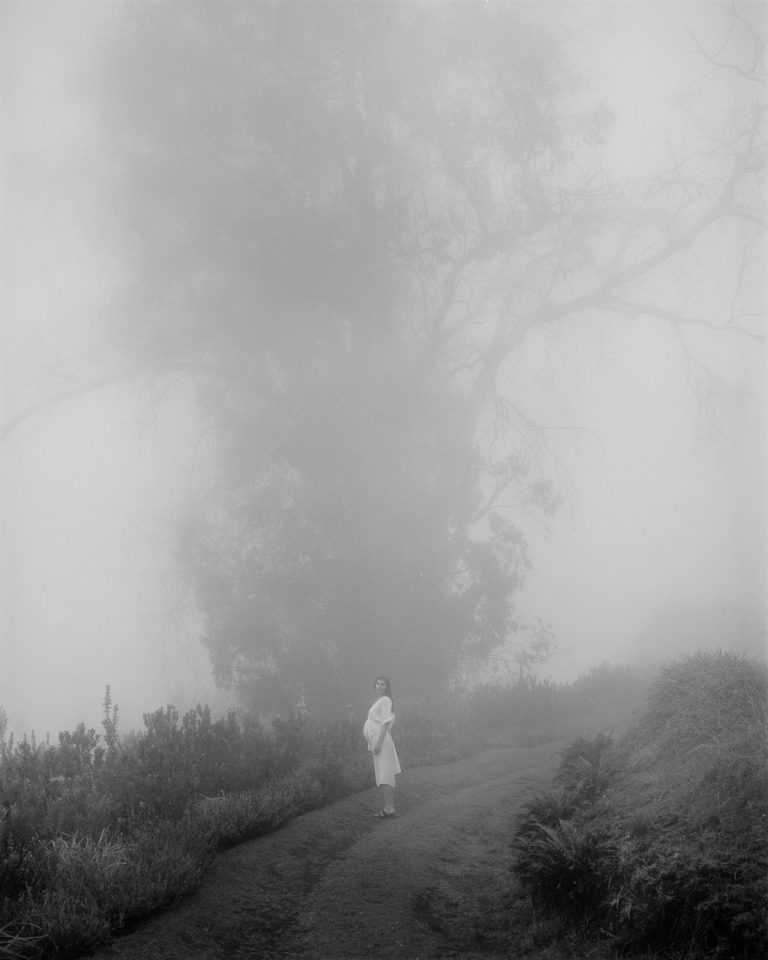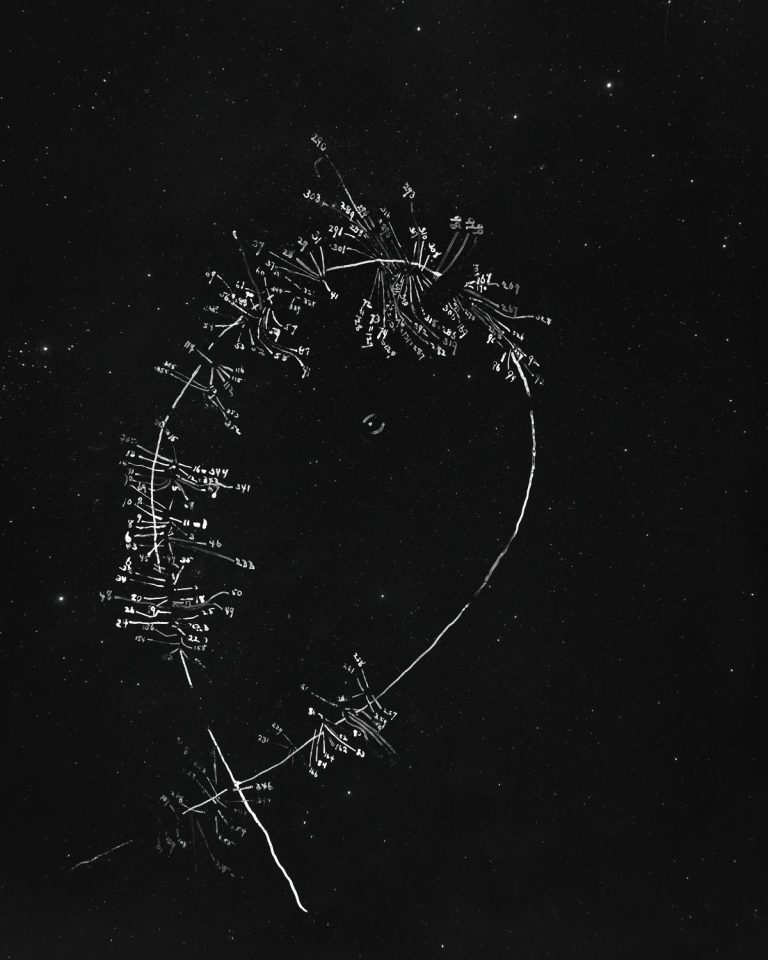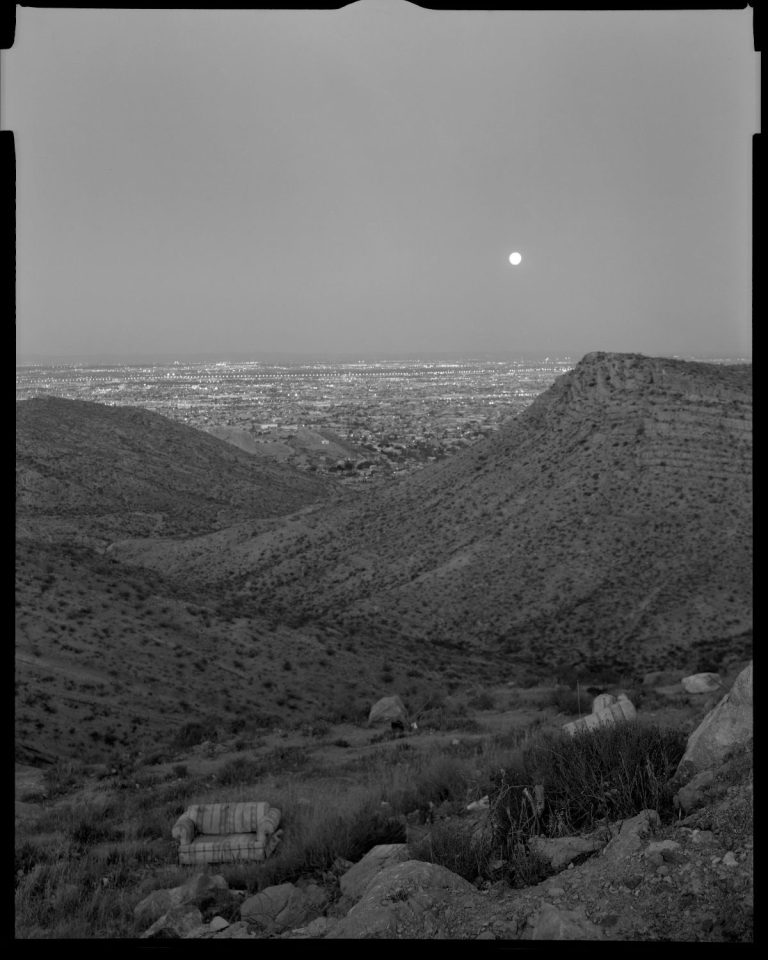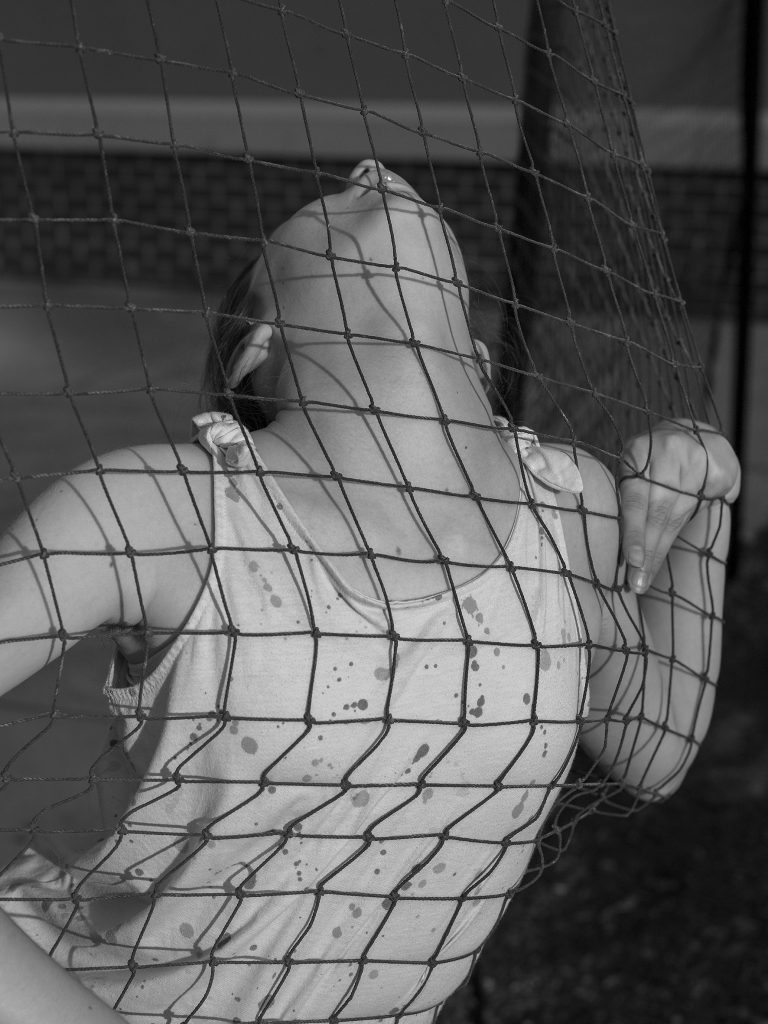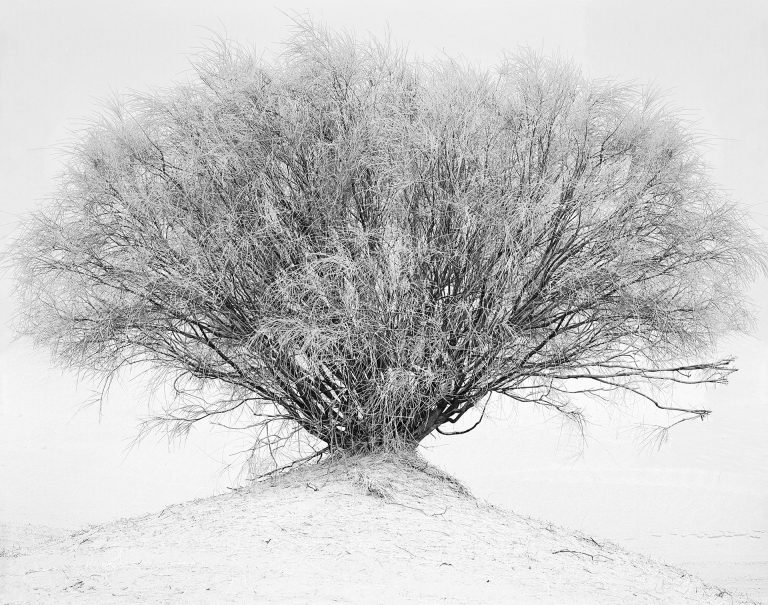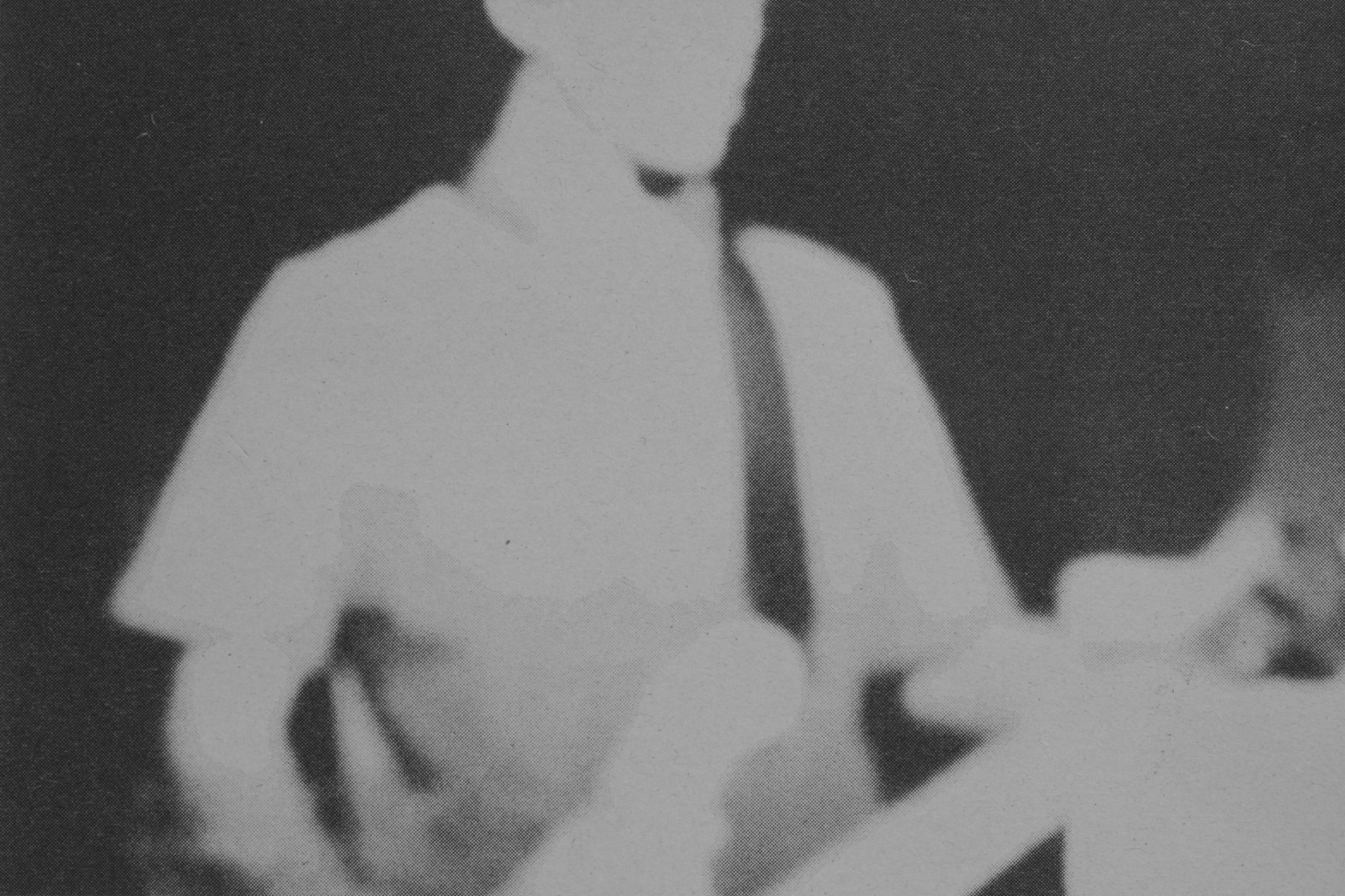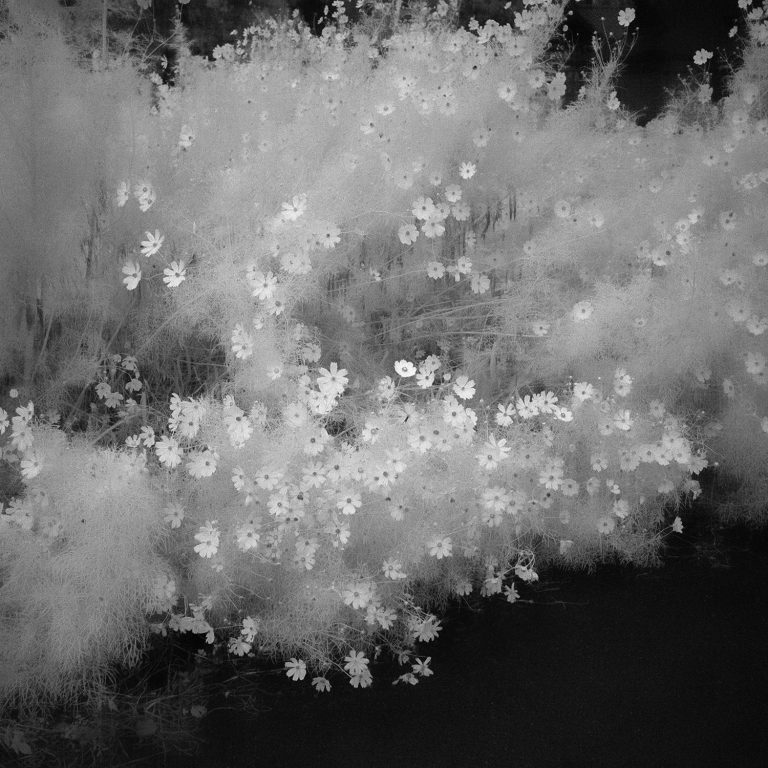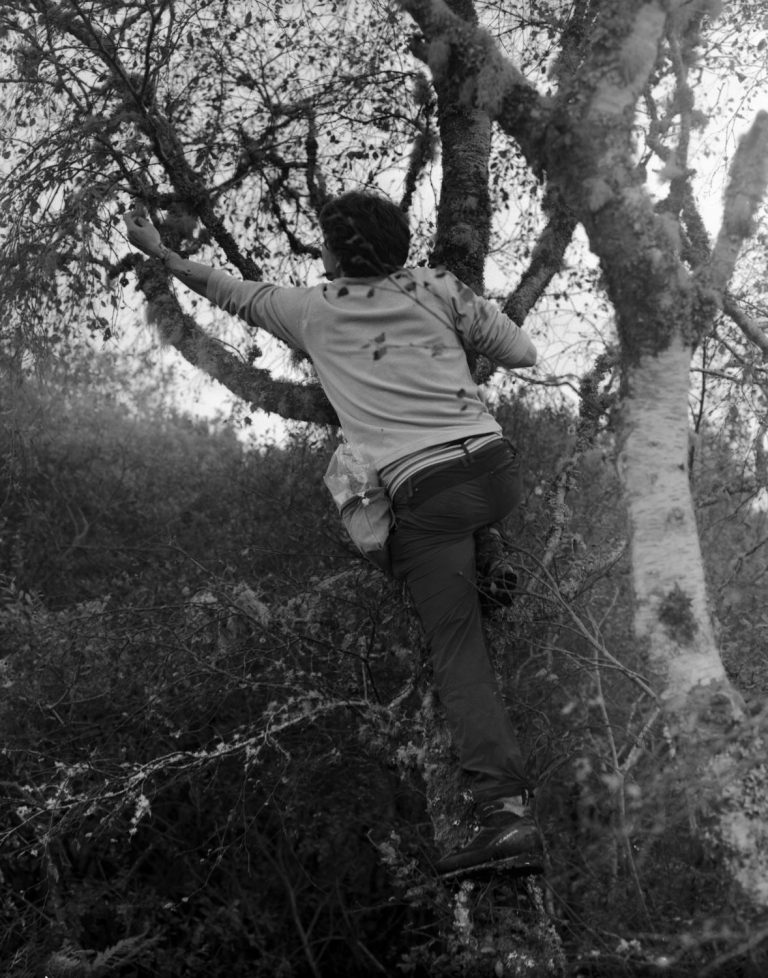The winners of the HARIBAN AWARD 2025
Thank you for all the applications!
We are pleased to announce the winners of the International Collotype Competition HARIBAN AWARD 2025.
たくさんのご応募をいただき、ありがとうございました。
国際コロタイプコンペティション HARIBAN AWARD 2025 の受賞者を紹介いたします!
The Water Bring We, The Water Wanna Take We Back
The culture of Georgia and South Carolina’s Sea Islands conjures imagery of old oak branches draped in Spanish moss, boot prints in thick pluff mud, and echoes of the sweetest low country spiritual. A place that feels both African and Caribbean, it is a culture rooted in maroonage and resistance. Beyond this, with its rice fields and ever-shifting coastlines that seem to vanish before our eyes, the Low Country holds an air of mysticism.
The Gullah Geechee people are descendants of West and Central Africans who were enslaved and brought to the southeastern U.S., and who, through isolation and resilience, preserved many of their African linguistic, spiritual, and cultural traditions. There is a proverb found within the Lowcountry: “The water bring we, the water wanna take we back…” This sentiment captures Gullah Geechee life not only as a culture but as an ecology of endurance—a way of being that withstands ongoing threats.
This work seeks to construct a visual narrative around that proverb, examining the rituals and spiritual practices within Geechee culture as they persist amid the pressures of rural gentrification on one side, and climate change on the other. The photographs explore how spiritual belief and religious lore act as forms of resistance, and how a sacred relationship between people, land, and sea continues to endure despite ongoing displacement.
A photographic meditation on the Hoodoo and conjure practices in the Low Country of the American South, the project focuses particularly on the Gullah Geechee Nation. Through a visual exploration of spiritual and cultural ties between Black communities, the land, and the sea, it aims to illuminate how ritual, belief, and ancestral memory endure—and even flourish—in the face of environmental vulnerability, cultural commodification, and historical disruption. Rooted in the landscapes of Georgia and South Carolina’s Sea Islands, the work moves through rice fields, marshlands, and sacred waters to trace the spiritual resilience of a people whose identity remains inseparable from place.
ジョージア州とサウスカロライナ州のシーアイランドの文化は、スペイン苔に覆われた古いオークの枝、厚いプラフ泥に残されたブーツの跡、そして最も甘美な低地のスピリチュアルの響きといったイメージを呼び起こす。アフリカとカリブ海の両方の雰囲気を漂わせるこの地は、孤立と抵抗に根ざした文化を持つ。さらに、水田と刻々と変化する海岸線は、私たちの目の前で消え去っていくかのように見え、ここローカントリーには神秘的な雰囲気が漂っている。
ガラ・ギーチーと呼ばれる人々は、西アフリカと中央アフリカ出身で奴隷としてアメリカ南東部に連れてこられた人々の末裔であり、彼らは孤立と忍耐強さを通じて、アフリカ系の言語的、精神的、文化的伝統の多くを保ってきた。ローカントリーには、「水は我々を連れてきたが、水は我々を連れ戻そうとする…」という諺がある。この言葉は、ガラ・ギーチー人の生活を文化としてだけでなく、忍耐の生態、つまり継続的な脅威に耐える生き方として捉えている。
この作品は、そのことわざをめぐる視覚的な物語を構築し、一方では地方の高級リゾート化、他方では気候変動の圧力の中で存続しているギーチー文化の儀式や精神的慣習を検証することを目指している。写真は、精神的な信仰と宗教的伝承がどのように抵抗の形として機能し、そして、移住が続いているにもかかわらず、人々と土地と海の間の神聖な関係がどのように存続し続けているのかを探っている。
このプロジェクトは、アメリカ南部のローカントリーにおけるブードゥー(教?)と呪術の慣習についての写真による瞑想であり、特にガラ・ギーチー人に焦点を当てています。黒人コミュニティ、土地、海のとの精神的、また文化的つながりを視覚的に探求することで、環境の脆弱性、文化の商品化、歴史的混乱に直面しても、儀式、信仰、祖先の記憶がどのように存続し、さらには繁栄しているかを明らかにすることを目的としている。ジョージア州とサウスカロライナ州のシーアイランドの風景に根ざしたこの作品は、水田、湿地帯、聖なる水域を巡り、場所と切り離すことのできないアイデンティティを持つ人々の精神のしなやかな適応力をたどる。
Artist BIO

